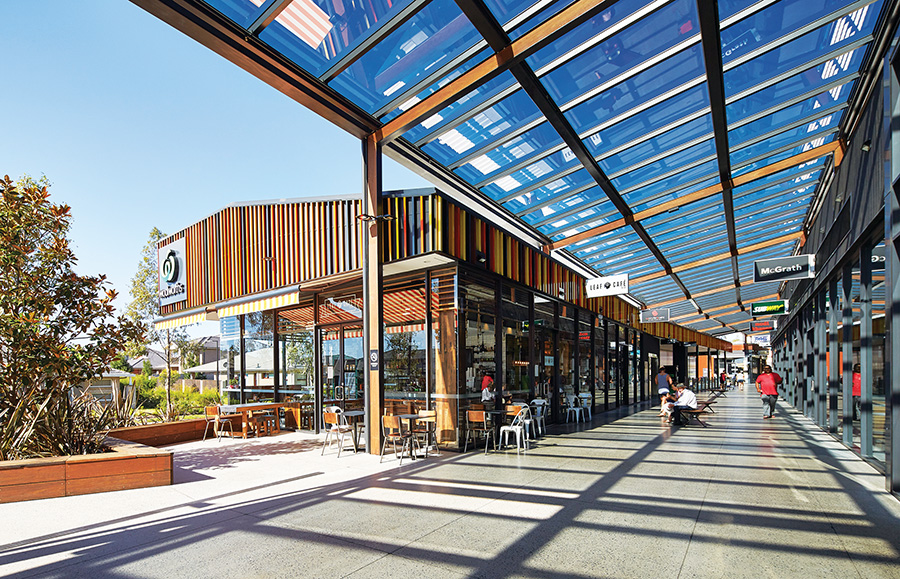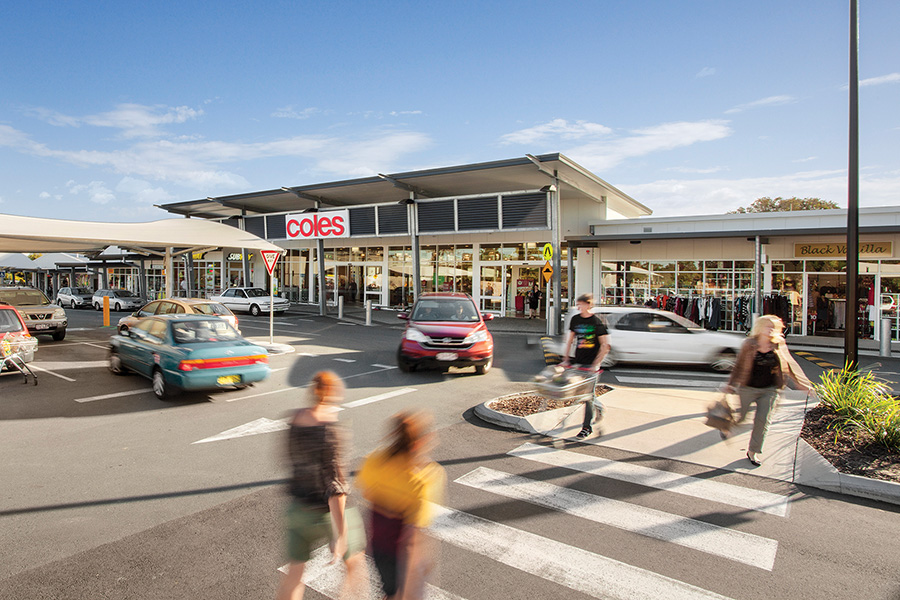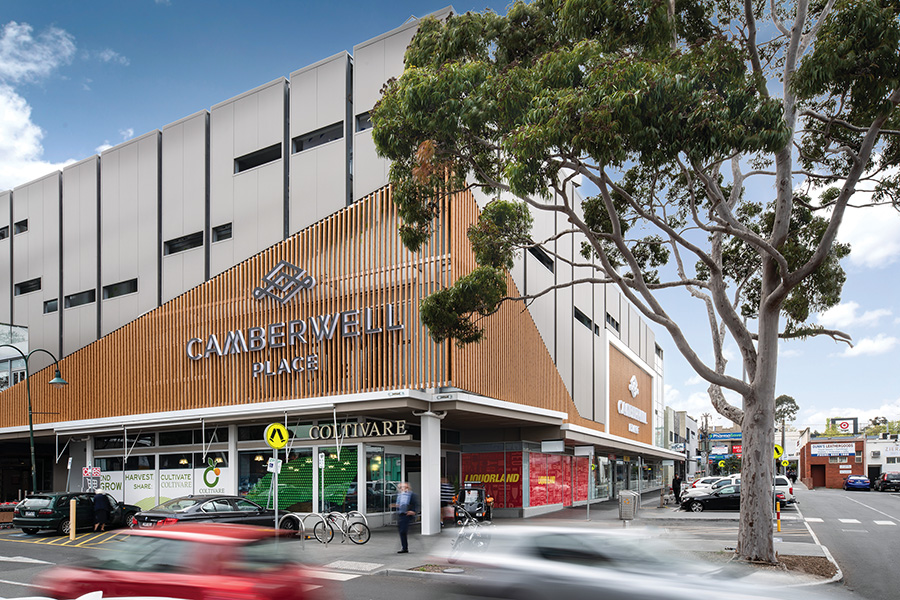Cameron Gregson has led the ISPT Retail Australia Property Trust (IRAPT) since its inception in 2013, growing it from an initial $400 million fund to a $1.7 billion retail portfolio. Cameron started his property career in banking and finance before moving into property roles at QIC, Westfield and currently ISPT, which invest on behalf of some of Australia’s largest superannuation funds. Since joining ISPT in 2003, Cameron has had roles as a Retail Investment Manager, Retail Portfolio Manager and General Manager, Retail Investment & Development. In 2013, IRAPT was conceived from a co-investment alliance with Coles Property and Cameron took on the Fund Manager role, overseeing investment strategy, capital deployment for development and acquisitions/divestments, investor engagement and growth of the fund.

IRAPT is a retail shopping centre fund investing in community neighbourhood centres. Focusing on non-discretionary retail, the centres are anchored by supermarkets and supported by fresh food, casual dining and locally relevant services. IRAPT has proven to be a resilient fund over its initial six years, delivering strong returns for ISPT’s investors and providing them with exposure to strong cash-flow, low-volatility returns over the longer term. We’re ultimately investing on behalf of working Australians through the industry super funds, so we strive to take a long-term, stable approach to investing. By establishing IRAPT centres in areas positioned for growth or gentrification, and tailoring our retail offer to the needs of the community, we aim to meet that objective.

The Ponds Shopping Centre in Kellyville, NSW
What’s in store for retail?
The rise of technology has created global choice for the consumer and led to fast and profound change in the retail industry. We’ve witnessed this change and the effect technology has had on people’s power to choose.
Consumers have gone from having a limited voice to being a driving force of opinion on where, when and what they want to consume. The same changes have allowed property owners to gain insights on consumer behaviour and identify what people are emotionally connecting with. It’s far less about ‘past-experience and gut-feel’ decision-making today and more about using immediate consumer feedback tools to listen to what they’re telling us, and forecast what it might look like in the future. Our business models have to evolve to be more nimble, hands-on and problem-solving with expert partners. If, as an industry, we don’t listen to that feedback and seek to improve, we run the risk of becoming irrelevant.
In my experience, the willingness and ability to offer something the community needs is essential. Medical and allied health services, health and fitness, childcare, learn- to-swim and rehabilitation pools, co-working, community education facilities, transport hubs and wellbeing offerings are just some of the areas IRAPT will be experimenting with and expanding into – flexibility will be key.
We’ll increasingly incorporate varied lease terms and a greater service breadth of retailer and occupier in IRAPT centres, giving businesses the opportunity to use our space if we concur they meet a gap in local customer need.
By partnering with retailers you wouldn’t normally expect to see, we can surprise and delight shoppers, and give them another reason to visit an ISPT centre.

Coolum Village, Queensland
Property owners also need to partner with retailers in a far more aligned way. Profitable tenants are happy tenants. We need to solve more problems with them than just space provision. A more holistic approach to co-delivering solutions on customer engagement, sustainability and community issues to improve footfall and profit are required. Collectively, we need to help solve the customer desire for more convenience, better experience and be a genuine choice in last-mile delivery solutions. Ideally every retailer, regardless of its adopted business model, can work with us at some stage in their customer fulfilment experience.
The fluidity of offer we’re seeking to bring to IRAPT centres is increasingly influenced by data research and insights into consumer behaviour. Customers in our centres will not only influence the retailers we’re recruiting, they’re also determining the aesthetic and the kinds of community events we choose to run. It’s not always about consuming, it’s also about giving people a place to spend time and connect with each other, in places that resonate with them. If you get it right, the community can become your best ambassadors. We’re no longer marketing to them, they’re using their networks and powerful community voice to do the marketing for our retailers.

Camberwell Place, Melbourne
How can we thrive through change?
One of the greatest challenges will be adapting to the speed of change, and accepting that the retail landscape of past glory days is over. Traditional anchors such as the department store model are definitely feeling the pinch of online shopping, and supermarkets will need to evolve in the face of greater physical and online competition.
We need to set our centres up in a way that’s relevant for how we and our partners see the future. While we see total retail space reducing over time, it opens up opportunities to creatively use that space and the underlying real estate to drive better returns for our investors. The driverless car prognosis is a perfect example, freeing up the land car parks currently occupy and offering an opportunity to innovate and create something varied and more relevant for the community.
We all see the challenges in front of us in the retail sector, but there is definitely still a place for the neighbourhood shopping centre. People come for the local market experience. Fresh food, local services and the desire to connect as part of a community. If we can get the balance right, we can set everyone up to thrive.
About ISPT
ISPT generate returns on behalf of their investors, which are some of Australia’s largest industry superannuation funds. For 25 years, they’ve invested the retirement savings of more than 50% of working Australians in property. ISPT’s $18.1 billion portfolio invests and develops commercial, retail, residential and logistics & warehousing property in Australia.





















